| Here is our report on a dynamic and diverse fishing which took place in Panama in December, 2017.
|
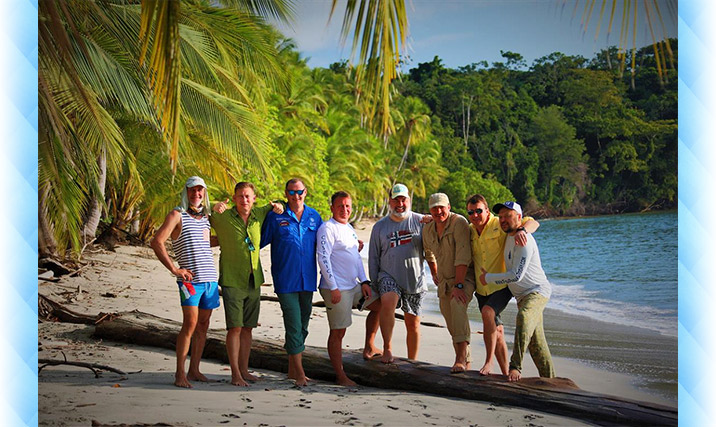 |
|
We were fishing in a lodge located on a small island in the Coiba Island neighborhood on the west coast of Panama. |
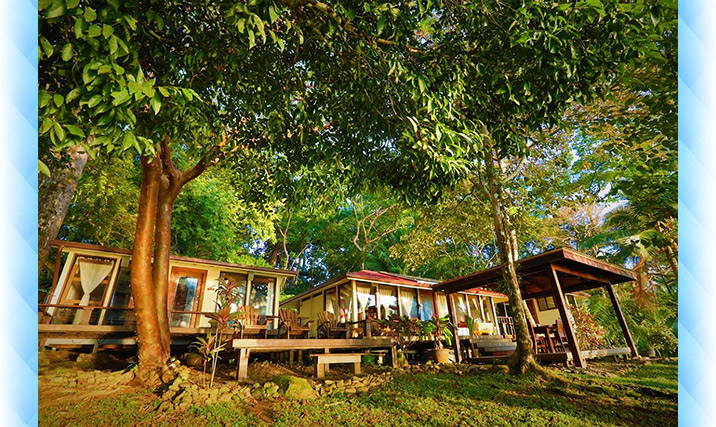 |
|
Coiba National Park is considered one of the top 10 diving sites in the world, and the second largest coral reef in Central America is located on its territory. The Park is comprised of Coiba Island, 38 small islands and the surrounding waters in the Gulf of Chiriqui. |
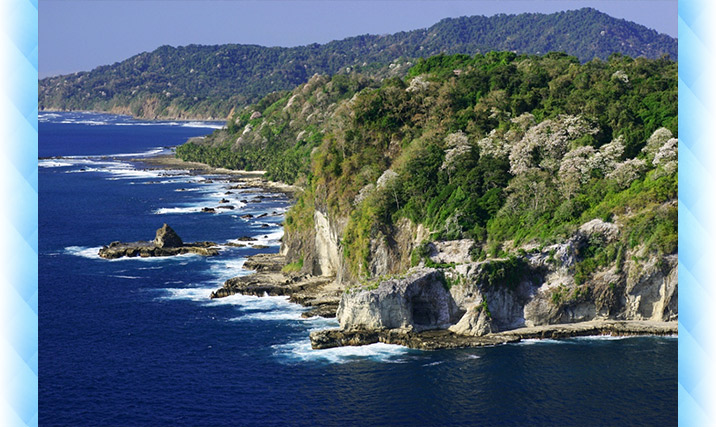 |
|
Coiba Island is the largest volcanic island of the Pacific Coast of Central America with the total area of 50 314 hectares. Together with the neighboring isles, such as: Jicaron, Jicarita, “Canal de Afuera”, Afuerita, Pajaros, Uva, Brincanco, and many others, it forms a whole archipelago. |
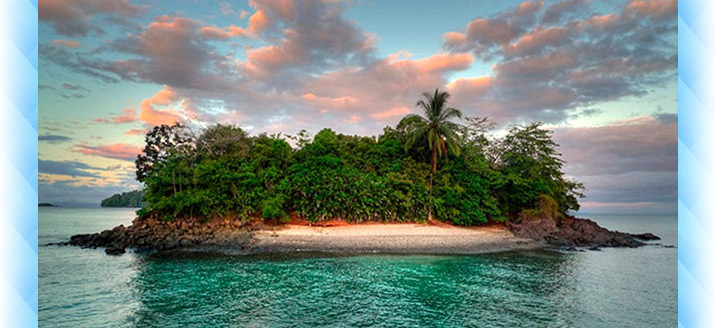 |
|
At present, Coiba Marine Reserve with the total area of 270 125 hectares is the third largest marine reserve in the world, after a large coral reef in Australia and the Galapagos Islands. |
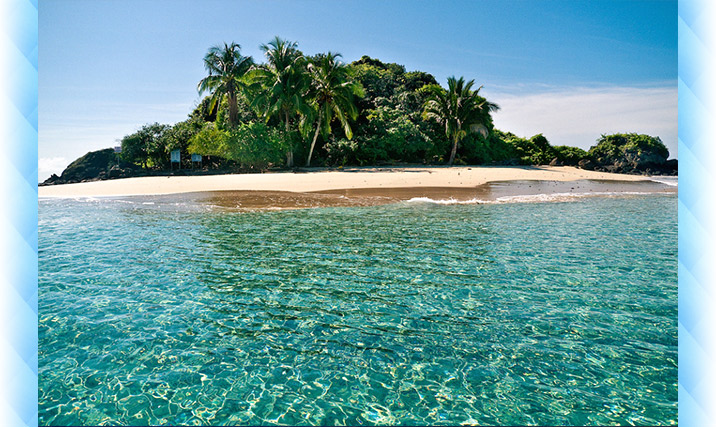 |
|
There are beautiful beaches on the islands that can compete with the best beaches of the world. Judging by our own experience, fishing in these places is extraordinary diverse because of the variety of species and fishing spots. |
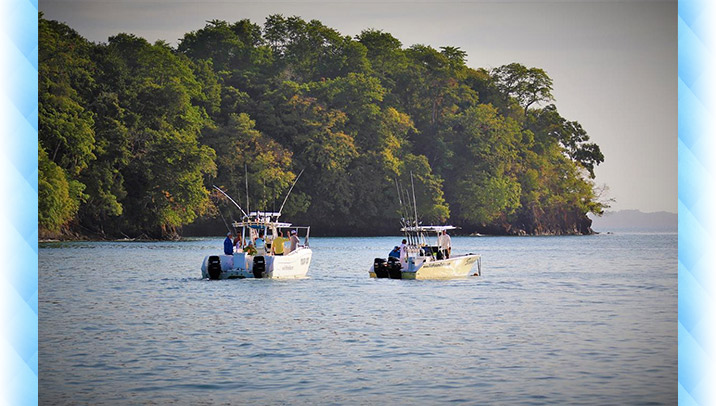 |
|
There are a lot of large roosters near the coastal rocks and cliffs not far from the coastline. |
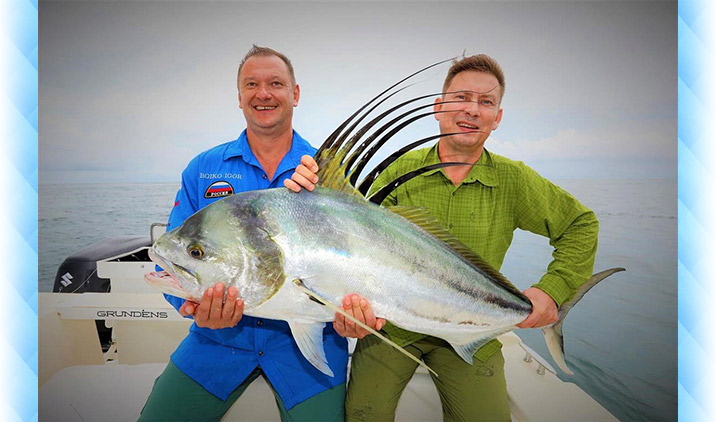 |
|
It is usually much more difficult to get this prestigious trophy than marlin, but we were fishing in the places with the maximum chances to catch the rooster, and we caught quite a lot of these amazing fish. |
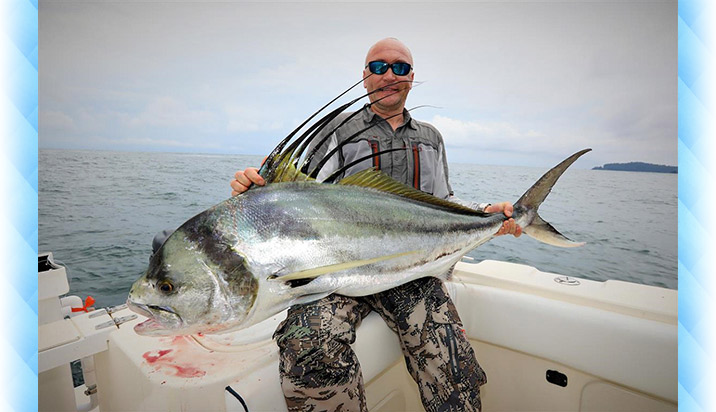 |
|
Another typical representative of the coastal waters is the dogtooth snapper or “pargue” as the locals call it. |
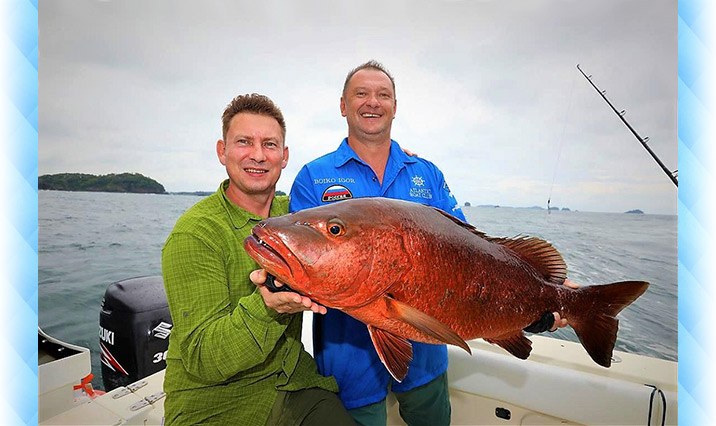 |
|
It is interesting that casting a wobbler, popper or live bait you never know what fish will be the first to strike. In addition to roosters and pargues, it can be a yellowfin jack, |
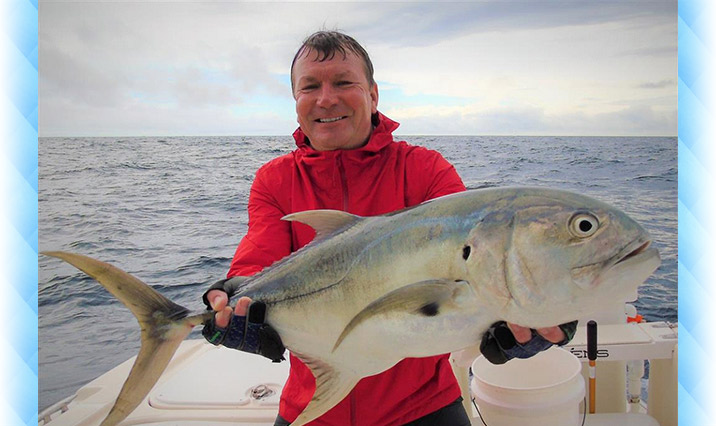 |
|
a green jack, |
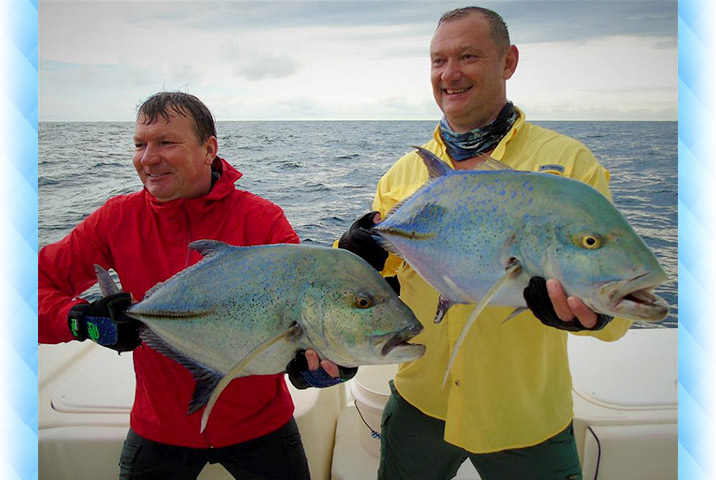 |
|
barracuda, |
 |
|
or a yellowfin tuna. |
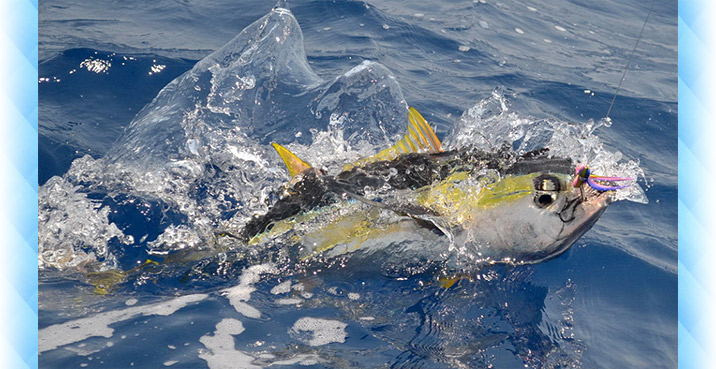 |
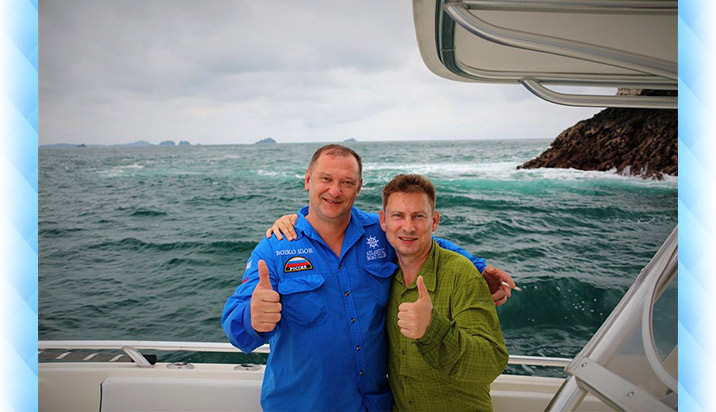 |
|
While fishing in the open ocean at a large distance from the shore you can count on black marlins, |
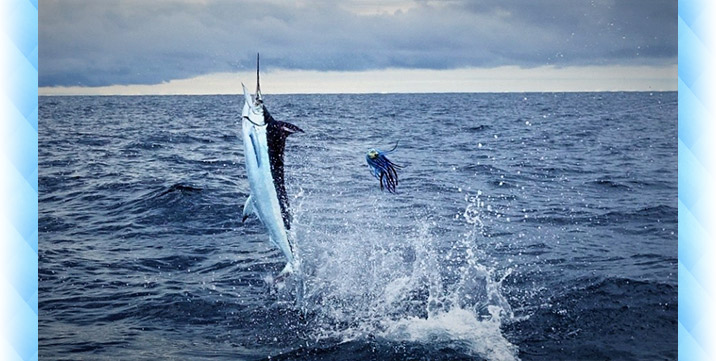 |
|
blue marlins, |
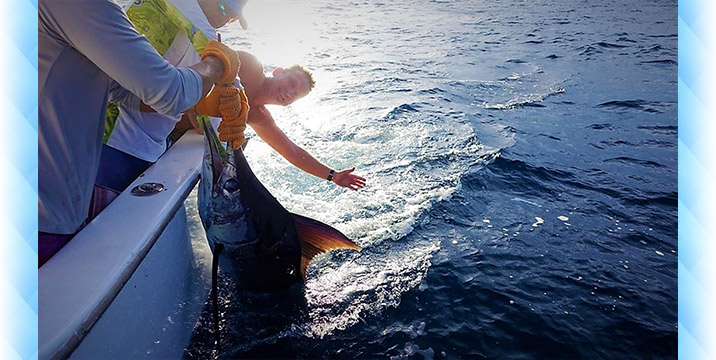 |
|
sailfish, |
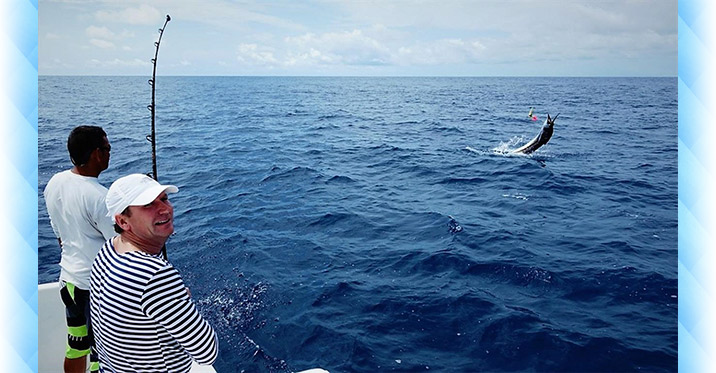 |
|
rainbow runners, |
 |
|
wahoo |
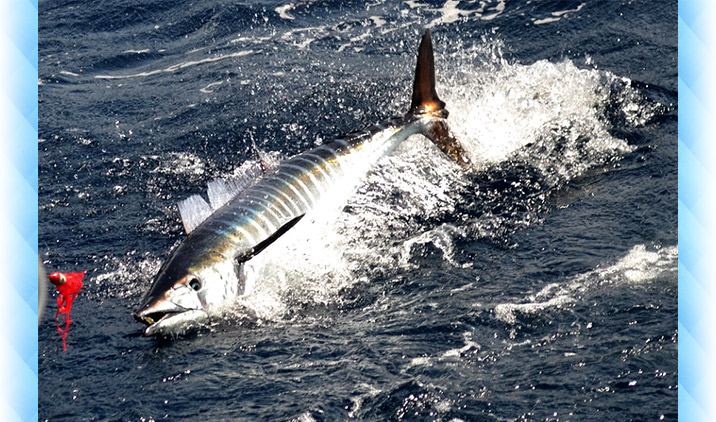 |
|
and, of course, a great number of dorados. |
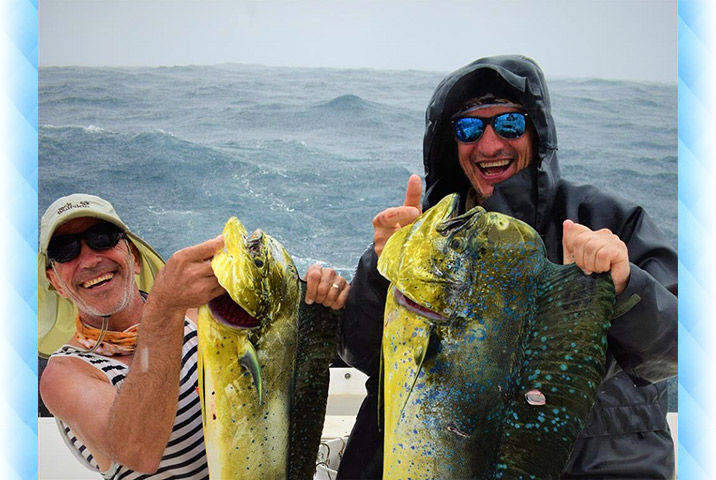 |
|
If you happen to find a floating tree or a piece of an old fishing net, you can catch up to a dozen of these wonderful fish from one spot! They really like chasing the objects which have been floating in the open ocean for a long time. |
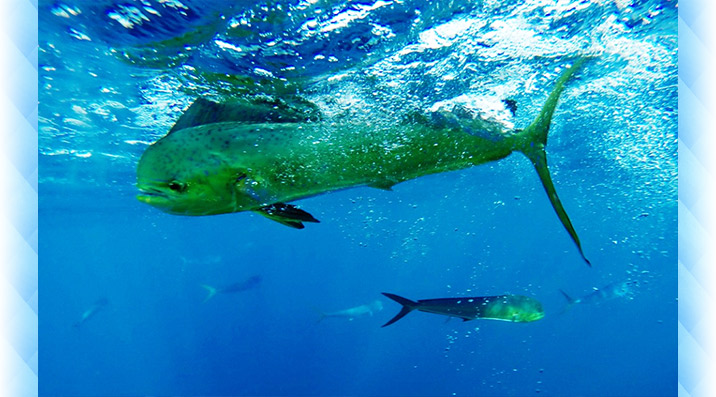 |
|
And what is more, different ways of fishing can be applied, including spinning and fly fishing, the main things are – the correctly chosen bait and the accurate cast. |
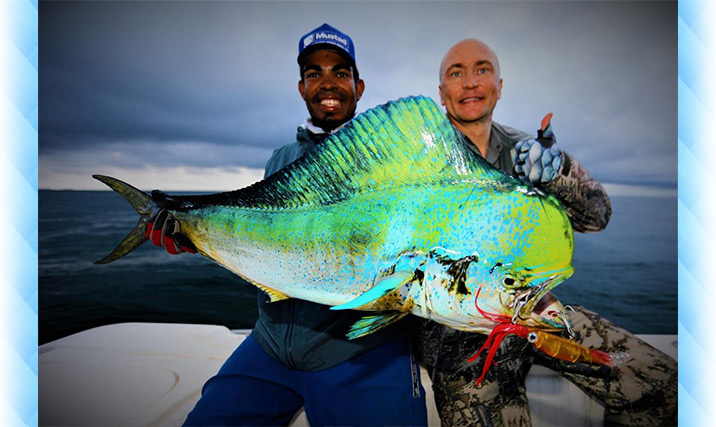 |
|
On the last day of fishing, on the way home, we found a whole palm tree torn up with the root which was floating in the ocean. The first cast brought us a dorado, the second was the same, and by the third cast we happened to catch a fish which is quite rare for the open ocean – a tripletail or lobote. |
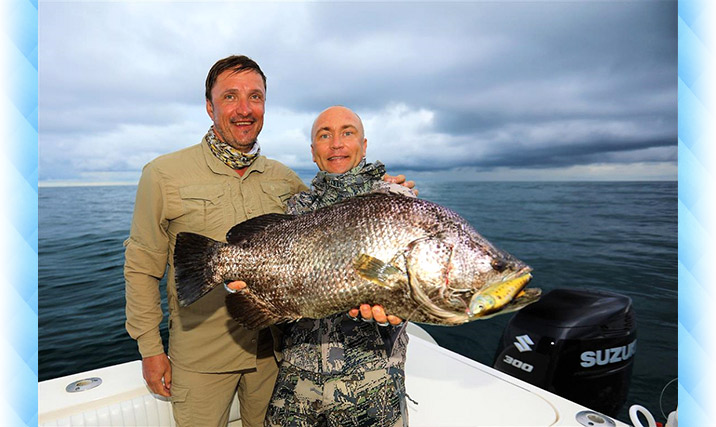 |
|
The thing is, this kind of snappers usually inhabits the river mouths, on the border of fresh and salt water, but apparently, when the palm tree was floating out of the river into the ocean the whole flock of tripletails went on a cruise after it! We caught four more and a pair of dorados in half an hour. |
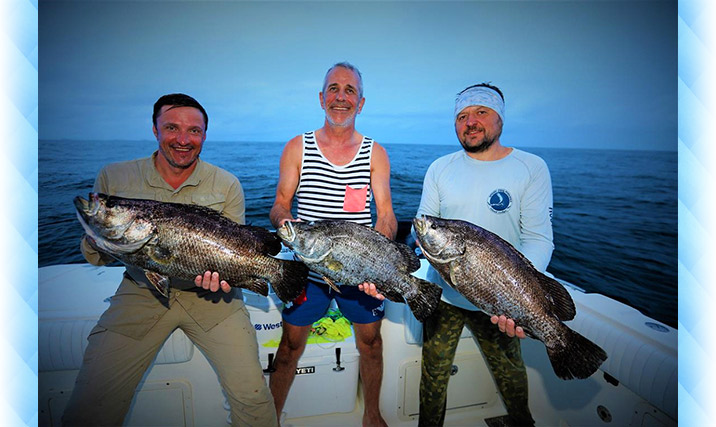 |
|
It was time to go home, so, with great regret we said Goodbye to our palm tree, which had brought us so many pleasant catches. |
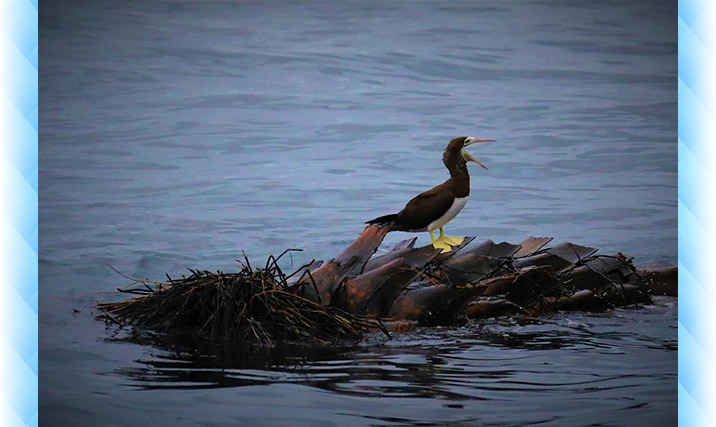 |
|
I’d like to say a few words about our living conditions during fishing. We were impressed with the comfort of the lodge we were living in, |
 |
|
with the breathtaking views, |
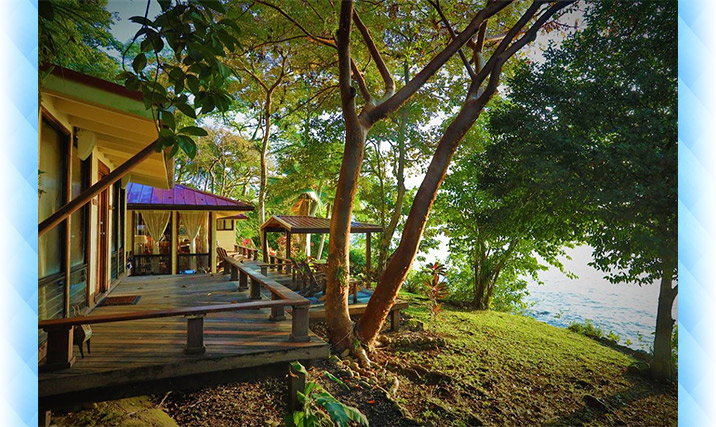 |
|
and excellent cuisine. |
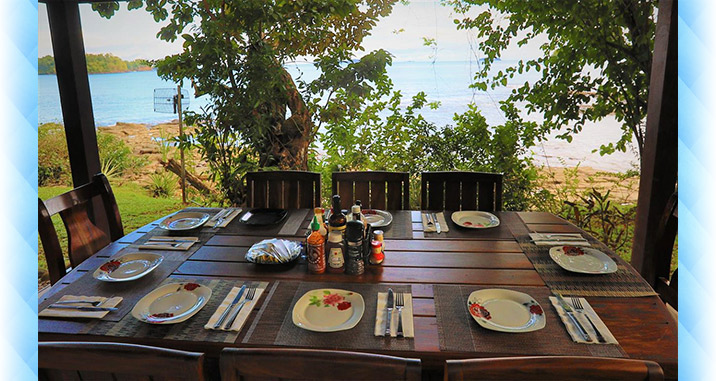 |
|
To find a cook of such a level in Latin America is a real rarity. |
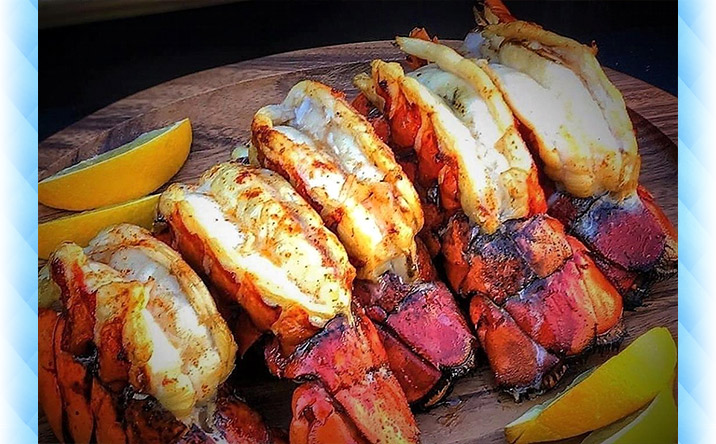 |
|
The fishing for tuna is really tremendous here. The peak of the tuna season in Panama is April, and we still have some dates available in the same lodge. It is possible to fish for tuna by any techniques, including poppers and walkers. |
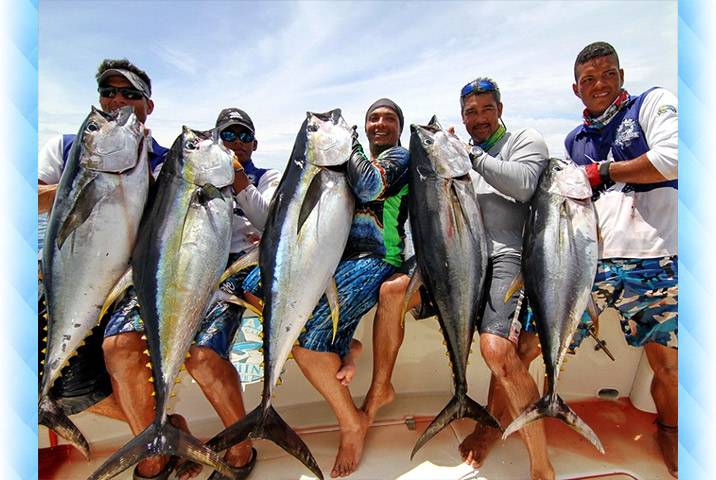 |
|
We have some really unique fishing offers for the coming months. All the details by email! |
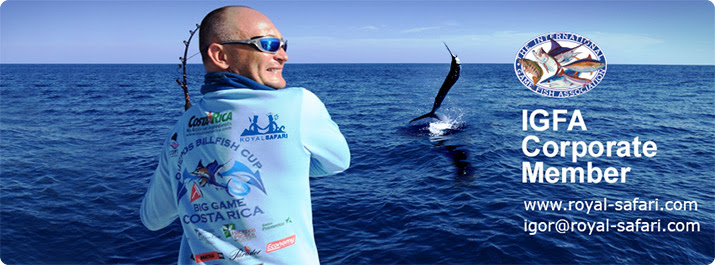 |
PANAMA FISHING REPORT DECEMBER 6-11, 2017


















